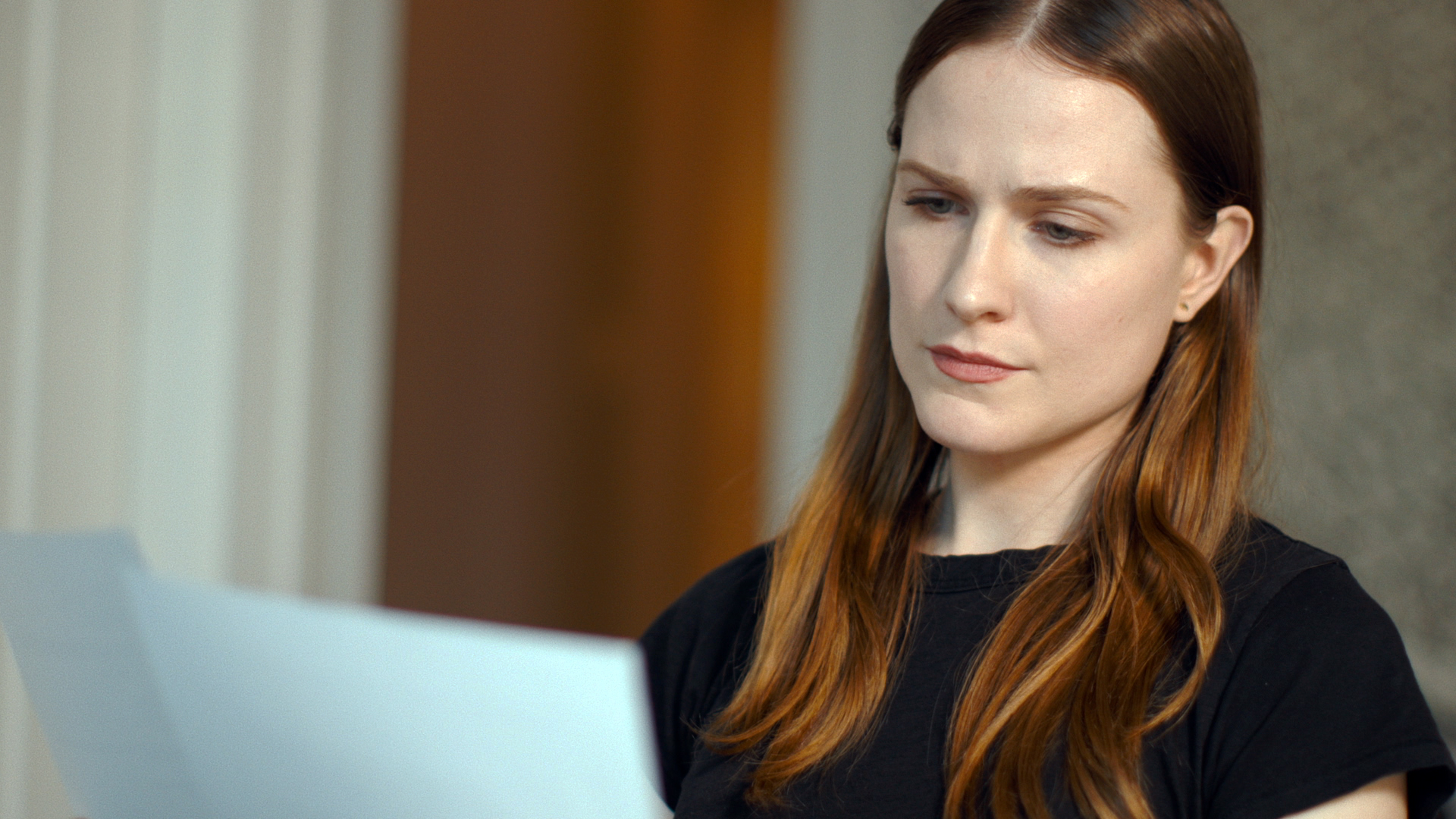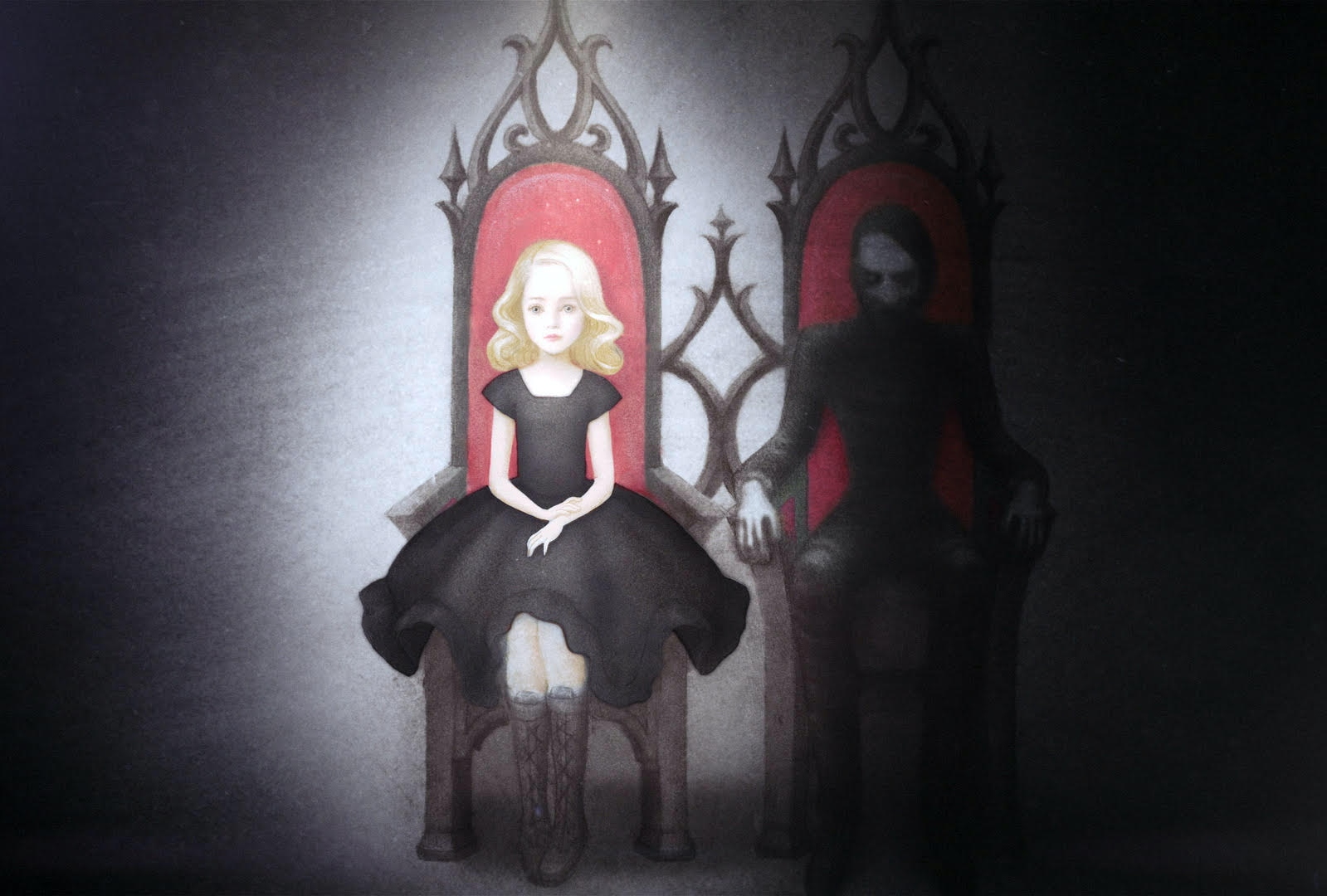“Surviving R. Kelly.” “We Need to Talk About Cosby.” “Audrie & Daisy.” Now “Phoenix Rising” is the latest in the category of abuse documentary. The two-part film, streaming on HBO Max, brings to startling light the abusive relationship that actor Evan Rachel Wood claims she endured at the hands of rocker Marilyn Manson, including severe physical abuse, psychological abuse and rape.
The sexual violence occurred at least one time on camera, Wood alleges, filmed for Manson’s music video “Heart-Shaped Glasses” when Wood was too drugged by him to consent. What was promised to her to be only “simulated sex” for the video she says was not that once the cameras started rolling.
How many documentaries about abuse do we need? The answer, of course, is all of them. Every experience of survival is unique and every survivor deserves to be heard. But alongside that? “Phoenix Rising” is astonishingly and painfully beautiful.
Related: HBO’s enraging Evan Rachel Wood doc
Manson began a relationship with Wood when she was just 18. He was 37, an age difference that recalls that of Marlee Matlin and William Hurt. Manson was also married at the time. And while Wood thought they were just going to be friends, he allegedly went after her romantically, fresh from her critically acclaimed star turn in the film “Thirteen.”
Very quickly, Wood says Manson isolated her from her family and friends, and began a reign of physical and emotional torment that would last for the nearly five years they were together. Wood tried to leave multiple times, and as this documentary shows, she was far from the only young woman to accuse Manson of abuse.
It can be hard to gear oneself up to watch a documentary about abuse. I put off watching the episode of Netflix’s “Cheer” that dealt with child sexual abuse for a long time for that reason. But not only does “Phoenix Rising” start off slowly, it starts with tenderness. “Just some of my journals” are the first words Wood speaks in the first episode of the documentary, going through papers at home.
 Actress and activist Evan Rachel Wood in HBO’s “Phoenix Rising,” a two-part documentary about her experience as a survivor of domestic violence. (Courtesy HBO)We see the journals, some typewritten in ’90s-looking font, some handwritten in Wood’s bubbly childhood handwriting. “Phoenix Rising” takes the typical documentary tactic of using vintage photographs and home videos. But because its two main subjects, Wood and Manson, are famous, the documentary has a lot of professional film and video clips to choose from, along with cover stories, victim-blaming tabloids and magazine headlines. Wood also came from a family of actors, and home movies of her as a child reveal a star, bubbling with imagination and light, light that was taken from her.
Actress and activist Evan Rachel Wood in HBO’s “Phoenix Rising,” a two-part documentary about her experience as a survivor of domestic violence. (Courtesy HBO)We see the journals, some typewritten in ’90s-looking font, some handwritten in Wood’s bubbly childhood handwriting. “Phoenix Rising” takes the typical documentary tactic of using vintage photographs and home videos. But because its two main subjects, Wood and Manson, are famous, the documentary has a lot of professional film and video clips to choose from, along with cover stories, victim-blaming tabloids and magazine headlines. Wood also came from a family of actors, and home movies of her as a child reveal a star, bubbling with imagination and light, light that was taken from her.
“Phoenix Rising” takes the documentary form a step further with original art illustrated by visionary artist Nicoletta Ceccoli and animated by Angelique Georges and Andrea Schmitz. When Wood talks in a voiceover about being home schooled, lacking sexual education and as a result, perhaps being more naïve and sheltered than some children, the animation shows a young child walking barefoot in long grass studded with flowers, red spotted mushrooms and leaping frogs.
The animated young, blond girl looks both like a stand-in for Wood and for Alice of “Alice in Wonderland,” a storybook character who has prominent role in the film and in Wood’s life.
It’s like a children’s book. Hazily colorful, dreamlike and — perhaps like the best children’s books — with a dark lesson. When Wood speaks of being confused as a child by the sight of her own body, the girl sees octopus-like tentacles emerge and grow from beneath her plaid skirt.
This is gorgeous and upsetting, like much of the documentary. When Manson kisses Wood for the first time, a kiss she did not know was coming and did not consent to, it’s illustrated by a ribbon of darkness, a black tentacle pushing its way into the animated girl’s mouth.
 Evan Rachel Wood in “Phoenix Rising” (HBO)These animations are so effective, not only because of their haunting style, both beautiful and grotesque at the same time, a sweetness that sugarcoats darkness, but because Wood says the abuse took place beginning when she was just 18. Still, really, a child, especially when dealing with a grown, married man more than twice her age. When Manson first approaches her, she writes in her diary, “I made a new friend” with the simple, awful innocence of youth.
Evan Rachel Wood in “Phoenix Rising” (HBO)These animations are so effective, not only because of their haunting style, both beautiful and grotesque at the same time, a sweetness that sugarcoats darkness, but because Wood says the abuse took place beginning when she was just 18. Still, really, a child, especially when dealing with a grown, married man more than twice her age. When Manson first approaches her, she writes in her diary, “I made a new friend” with the simple, awful innocence of youth.
Ceccoli’s mesmerizing illustrations and Wood’s teenage journal entries aren’t the only nod to childhood. The documentary illustrates titles with scrolling flourishes, like the doodles you might do on your notebook in high school, and very effectively, the film animates important terms with dictionary-style entries. There is an animated chapter on the abuser practice of grooming, for example (with a corresponding page illustrated by Ceccoli of a girl praying, her bottom half a gas lamp with a flickering flame).
For years I’ve wished that I had been given a book as a child that explained abuse, spelling out tactics like gaslighting and love bombing, terms that only recently have entered popular conversations and understanding. It might have changed the lives of countless women and girls to have read a book like the children’s book animated here.
As a counterpart to Ceccoli’s art, “Phoenix Rising” also includes artwork by Manson himself, self-portraits, portraits of Wood — looking gaunter and more bloody as the years go on — and paintings incorporating Nazi symbols (Wood is Jewish). Manson’s direct words are used here with quotations from his memoir, but using his paintings also gives clues into the person accused of doing such damage to so many people while so many others just turned away.
Want a daily wrap-up of all the news and commentary Salon has to offer? Subscribe to our morning newsletter, Crash Course.
Some horrors can’t be represented directly. Part of the reason you can’t look away from “Phoenix Rising” is that you don’t have to look away. There is horrific abuse here but animating it as metaphor perhaps makes it more accessible, especially for those who still resist believing a survivor.
When the girl character sits on a throne next to a shadowy man who looks a little like Manson, an ink droplet changes her pale dress to black. In a rush, black watercolor overwhelms the screen. Darkness is everywhere. It may be the most powerful, visual representation of abuse I’ve ever seen.
We get it, right away — which is a hard thing for a documentary like this to do. Wood has spent a good part of her life since meeting Manson trying to both survive him and getting people to believe her, which detracts from her extraordinary talent and work. How can you convince people to listen is so much a part of a survivor’s life and legacy. Maybe this is another, incredibly powerful way.
More stories like this:
- William Hurt and the silent epidemic of abuse
- Evan Rachel Wood alleges Marilyn Manson raped her on camera: “No one was looking after me”
- Marilyn Manson’s defamation suit against Evan Rachel Wood is a troubling legal move for #MeToo
- “Game of Thrones” actress Esmé Bianco sues Marilyn Manson for sexual assault and battery


